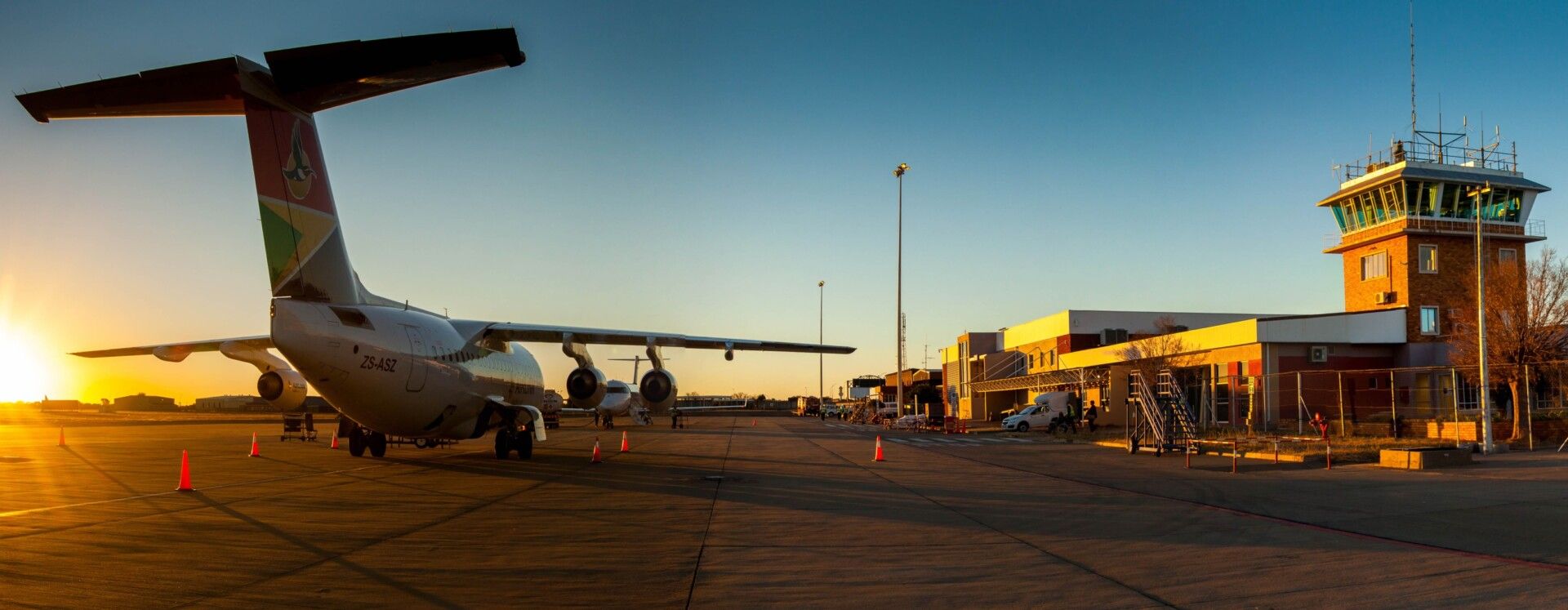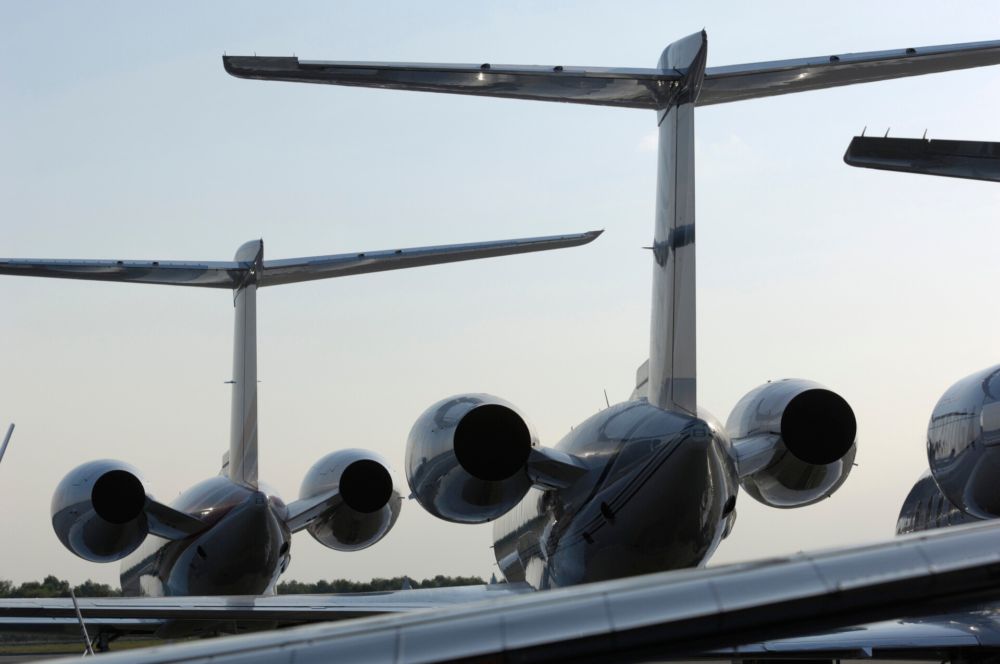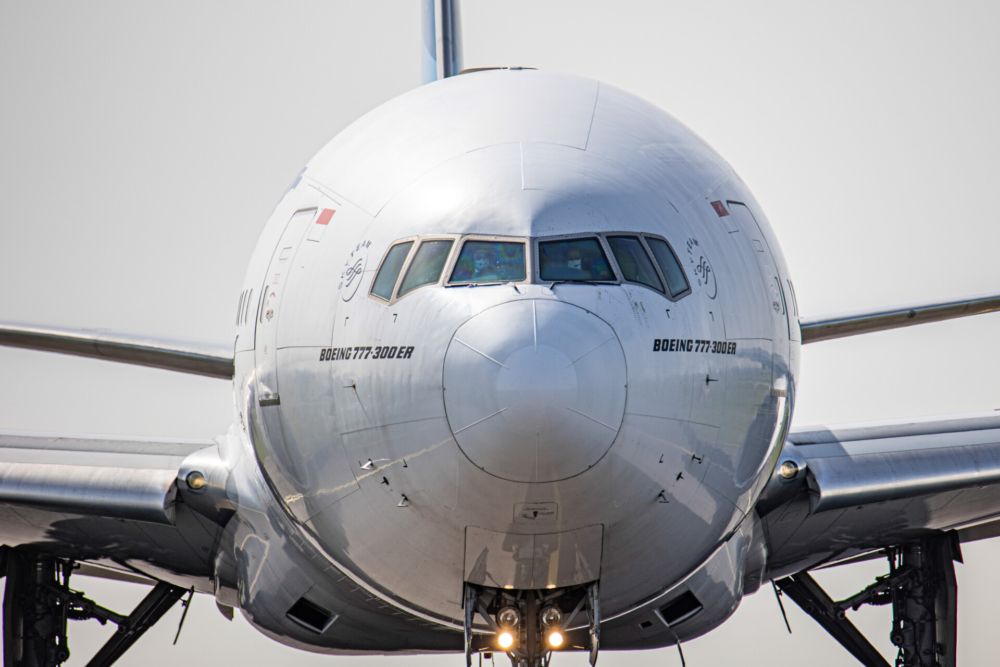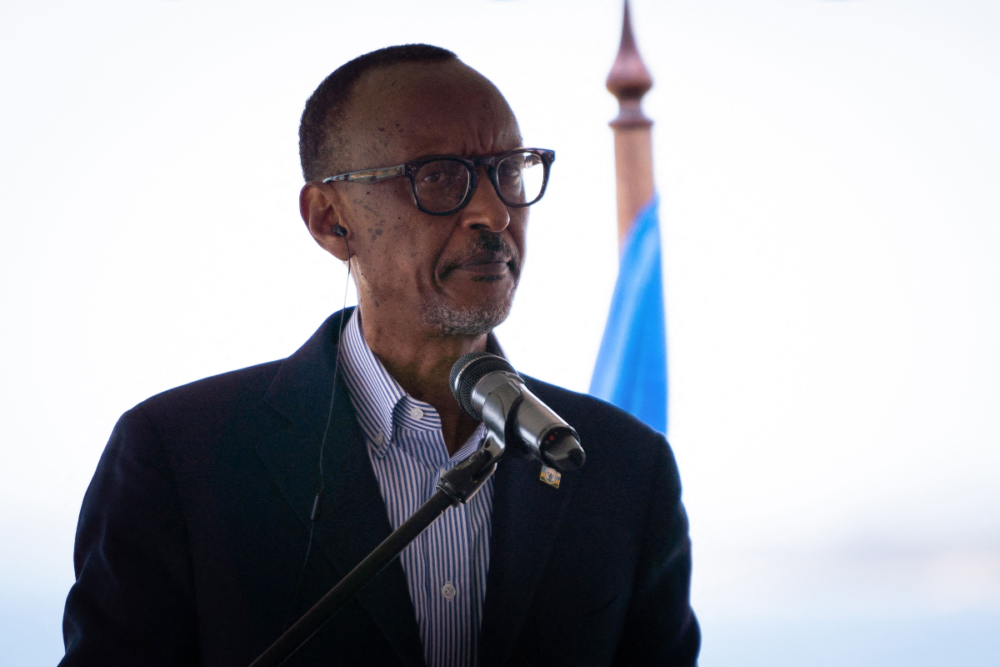In November 1999, a group of African aviation movers and shakers met in Côte
d’Ivoire to thrash out an agreement on integrating commercial aviation across Africa. The outcome was the Yamoussoukro Decision, a document supporting the liberalization of commercial aviation in Africa.
Single African Air Transport Market a work in progress
Twenty-two years later, there remains a way to go. One of the more recent outcomes was the Single African Air Transport Market (SAATM), a harmonized regulatory framework providing a unified air transport market in Africa.
SAATM also remains a work in progress since its launch in early 2018. According to the International Air Transport Association (IATA), 34 of Africa's 54 countries have signed up to SAATM. Nonetheless, the framework remains a flagship project of the African Union Agenda 2063 - a set of African Union initiatives to progress Africa's development.
SAATM has four main goals. Firstly, to lift market access restrictions for airlines from signatory countries. Second, remove restrictions on airline ownership. Third, grant extended air traffic rights such as fifth freedom rights. Fourth, open up flight frequency and passenger capacity limits. Importantly, SAATM would see safety and security rules harmonized in line with ICAO standards.
"The SAATM has the potential for remarkable transformation that will build prosperity while connecting the African continent," said IATA's Vice President for Africa, Raphael Kuuchi, three years ago. "Every open air service arrangement has boosted traffic, lifted economies, and created jobs. And we expect no less in Africa."
IATA's man in Africa says that if just 12 key African countries opened their markets and increased connectivity, an extra 155,000 jobs and US$1.3 billion in annual GDP would be created in those countries.
Before COVID-19 struck, IATA also forecasted 5.95% annual growth in African aviation over the next two decades. Passenger numbers are expected to increase from 100 million to more than 300 million by 2026.
Over one-third of Africa yet to sign up to SAATM
Back in 2018, the Africa Union wanted to have all of Africa's 54 countries onboard by the end of this year. With three months to go, that target looks unachievable. Further, by the end of 2020, only 18 of the countries signed up to SAATM had modified their bilateral air services agreement accordingly.
You could blame COVID-19 and the destruction it wrought on the aviation industry, but there is a strong argument that destruction would incentivize slow-to-move countries to get onboard.
Even before COVID-19, the world's second-biggest continent and home to an estimated 1.3 billion people was a troublesome environment for airlines to fly in. OAG data says there were 9,666,556 airline seats available across Africa in September or 2.8% of the global total. In February 2020, just before the global travel downturn, the figure was 3.0%
Before the pandemic, the continent was long characterized by sparse connectivity, and this remains the case. Most of Africa's airlines were losing money before COVID-19 and didn't have the financial ballast to ride out the crisis successfully. Now, as the vaccination rollout continues and aviation starts to reboot elsewhere, Africa's airlines are mostly out of money.
But these factors all support the case for signing up to SAATM - anything that helps reboot African aviation has to be a good thing, right?
Stay informed: Sign up for our daily and weekly aviation news digests.
Not everyone in Africa loves SAATM
While there's a general consensus that SAATM will lead to cheaper flights, greater passenger volumes, and economic benefits, there are also fears the spoils will not get evenly distributed. Some smaller African airlines and smaller countries say they'll miss out while wealthier countries like South Africa and bigger airlines like Ethiopian Airlines and Kenya Airlines get the rewards.
Industry group Airline Operators of Nigeria (AON) is an example of a stakeholder unimpressed with its own country signing up to SAATM. The industry group questions whether Nigeria is ready for a pan-Africa open skies agreement. When Nigeria signed up to SAATM, AON said they hadn't been consulted. AON also cited a lack of "assistance" to help Nigeria's airlines compete.
“Our position is that we are not comfortable with the decision by the Nigerian government because we cannot compete favorably with the African airlines if our skies are fully opened,’’ said AON Chairman Captain Nogie Meggison at the time.
Nigerian officials rejected the argument, a government spokesman saying; "The Nigerian airlines are not yet able to see the benefits of SAATM as their government does."
Protectionism, high airport charges, taxes, and some less than stellar management from governments, their agencies, and various airlines all lead to the argument that SAATM will not guarantee a level playing field.
Uganda remains one of the SAATM holdouts. When declining to sign, Ugandan president Yoweri Musevini said he thought Africa's dominant airlines would become even stronger as a result of the agreement. He said he wanted to see countries like Uganda get strong regional airlines up and flying before committing to the open-access agreement.
"Few airlines are going to dominate and that is not good,” President Musevini said.
Still plenty of people onboard
The people promoting SAATM say this won't be the case. They say the improved connectivity, increased passenger numbers, uniform regulations, and open access will benefit every airline. One of the driving forces behind SAATM is Paul Kagame, President of Rwanda.
Rwanda has been a big player in air traffic liberalization in the last decade, and this is one reason why airline traffic in and out of Rwanda has grown so strongly. Air traffic in Rwanda is forecasted to grow 7.3% annually between now and 2038. Aviation directly contributes US$100 million annually to Rwanda's economy and another $850 million indirectly.
Paul Kagame calls SAATM "a major step forward for transportation." In a speech made in 2018 as Chairman of the African Union, he said about the proposed open skies agreement:
“Scale is essential. We must create a single continental market, integrate our infrastructure, and infuse our economies with technology. No country or region can manage on its own. We have to be functional, and we have to stay together."
In the three years since, some more countries have signed up to SAATM. However, many still have not. Among those who have, regulatory changes within the various countries to meet SAATM requirements remain mostly incomplete.
Opening up Africa's skies stands to benefit more than airlines and their owners, governments or otherwise. Aviation in Africa tips US$55.8 billion annually into Africa and provides 7.5 million jobs. That's money funneled into households and supporting families. That reason alone is why SAATM needs to big push along.




